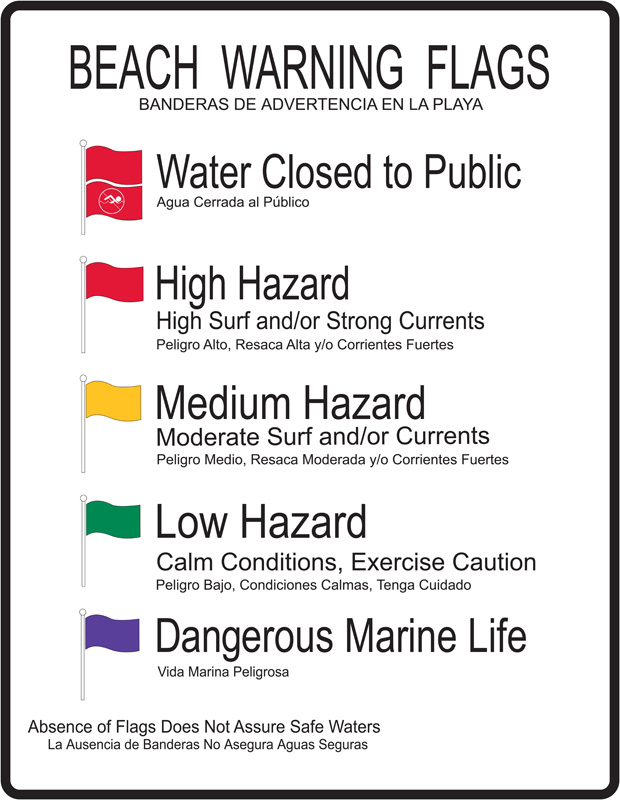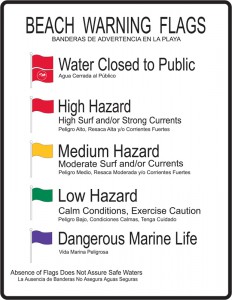
Water Smarts To Keep Kids Safe
On June 20, 2015, a two-year-old boy in Bay County, Florida, drowned in his family’s above-ground pool after being able to get out of the house undetected. Drowning is a very real risk for young children, especially in Florida. Drowning is quick and silent. A child can drown in less than one minute in one inch of water. This year, there have been 39 drowning fatalities in Florida. Of those, 69% (24) have been children under three years of age.
In Florida, we love our beaches, pools, lakes, rivers, and creeks. How can we enjoy Florida’s beautiful water and still protect the ones we love? The answer is simple – but not necessarily easy. Injury prevention experts in Florida agree that the key to water safety is establishing layers of protection. There are three primary layers: Supervision, Barriers, and Emergency Protection.
First, establish a method of supervision and always have a responsible adult watching children who are near water. Even at a party where there are lots of adults available nearby, one should always be assigned as the “water watcher” to keep an eye on the kids.
Second, set up barriers that physically block children from entry to an unsupervised pool or body of water. Effective barriers include the following:
- Pool safety fencing with self-closing, self-latching gates
- Door, window, and pool alarms
- Childproof locks
- Professional pool cover or net (Note: Homemade pool covers may fail and actually trap children in water)
- Locking pet doors
Of course, YOU are always the most important layer of protection, but secondary barrier methods can literally save a life. The cost for setting up barriers can range from $20 to over $1,000. Experts advise that you purchase and use the most protection that you can afford.
The third layer is emergency preparedness. There is a small, precious window for resuscitating a child who is drowning – but only if someone knows what to do. It is a good idea for all adults, not just parents, to become CPR-certified in case of a water emergency. A phone should always be kept handy to call 911 in case something happens.
A 2007-2009 campaign called “Keep Your Eyes on the Kids” reduced the number of children ages one to four who drowned by 15% and the overall drowning rate by 18%. By taking a few important steps, we can do a lot to protect the little ones we love.
References: http://dcf.state.fl.us, http://drowningpreventionfoundation.com, http://nova.edu/ichp/drowning/, http://floridahealth.gov, http://waterproofFL.com, http://flsafepools.com



